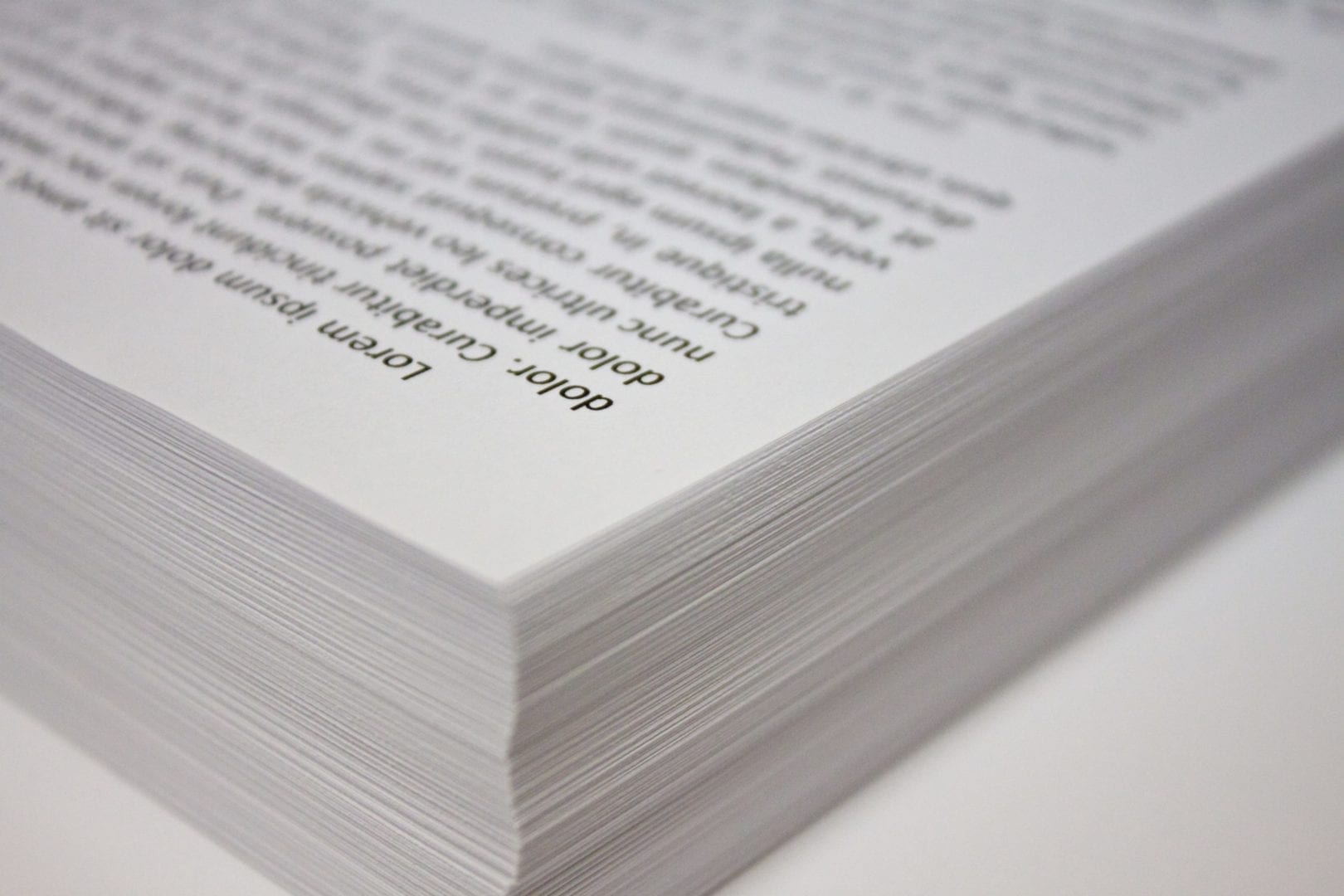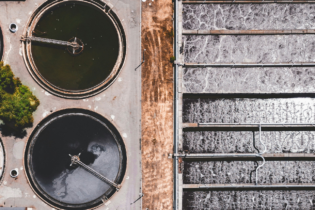 Two thirds of South Africa’s paper was successfully recycled in 2015, according to the Paper Recycling Association of South Africa’s (PRASA) latest results.
Two thirds of South Africa’s paper was successfully recycled in 2015, according to the Paper Recycling Association of South Africa’s (PRASA) latest results.
More can be done
PRASA noted that more can be done to improve SA’s recycling and waste habits. “There is little or no difference between the effort needed to simply discard paper into a rubbish bin versus putting it into a recycling bin, but the rewards for recycling are boundless,” Ursula Henneberry, PRASA operations director said.“You reduce your waste footprint by ensuring that paper packaging and products are reprocessed into new items instead of ending up in landfill,” she added.
Henneberry said that recycling creates jobs – from the people who walk the streets collecting recyclables to bigger companies that employed individuals to collect and sort recyclables. It is estimated that around 100,000 people earn a living from recycling across various waste platforms.Easily recyclable items include:
- Magazines and brochures, including the glossy varieties
- Milk, juice and food cartons (rinsed and flattened)
- Newspapers
- Office materials, including shredded papers and envelopes
- Cardboard boxes of any kind. These can include dry food, e.g. cereal boxes, medicine and cosmetic boxes, toilet and kitchen paper roll cores and flattened packing cartons
- Old telephone directories and discarded hardcover and paperback books
- Paper gift-wrapping materials
Materials that should NOT be included in the paper recycling process include:
- Wet or dirty paper and cardboard
- Sticky notes
- Wax coated, foil lined and laminated products
- Used paper plates, disposable nappies, tissues and toilet paper
- Cement and dog food bags
- Foil gift wrapping and carbon paper







